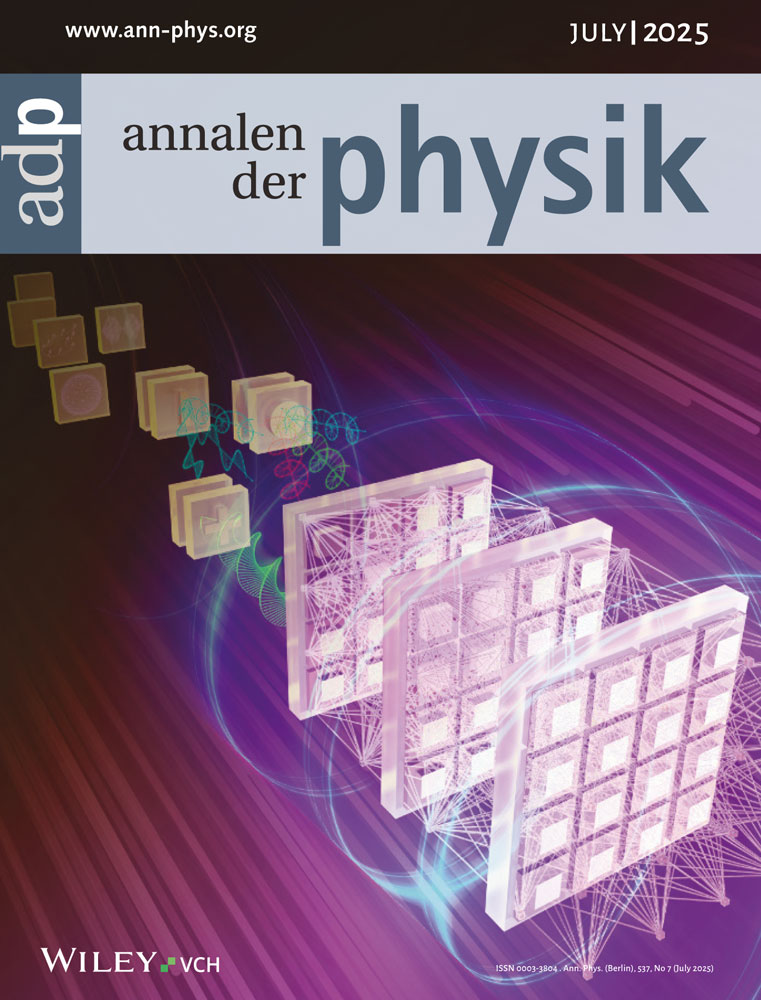The emergence of Quantum Schools: Munich, Göttingen and Copenhagen as new centers of atomic theory
Abstract
The institutes of Arnold Sommerfeld in Munich, Niels Bohr in Copenhagen, and Max Born in Göttingen became the leading centers for the study of quantum theory in the first decades of the twentieth century. Although founded for a broader range of theoretical physics, the quantum became the major topic of research in Munich after the Bohr-Sommerfeld-model of the atom (1913–16). The heyday came in the 1920s, when Bohr's and Born's institutes started operation and became further attractive centers for ambitious theorists all over the world. The discovery of quantum mechanics (1925) should be regarded not only as the achievement of a few young geniuses (in particular Werner Heisenberg and Wolfgang Pauli) but also as the result of a collaborative effort emerging in the new social and intellectual environment of their teachers' schools in Munich, Göttingen and Copenhagen.




